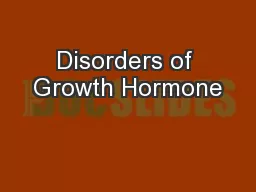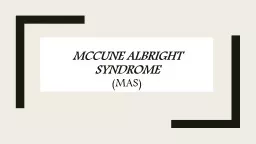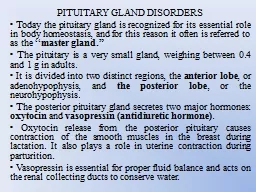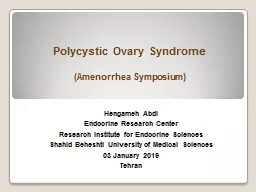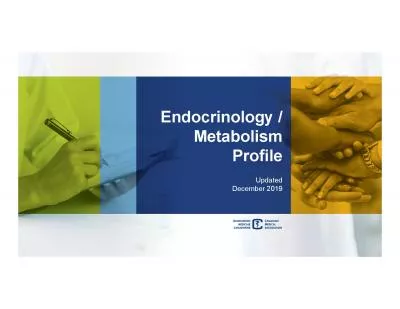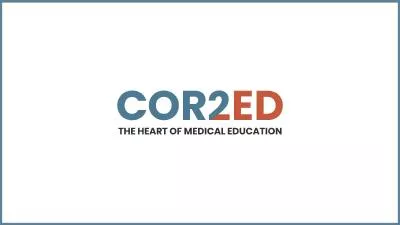PPT-Endocrinology Acromegaly
Author : bigboybikers | Published Date : 2020-06-23
Acromegaly Very rare Prevalence in the order of 1 in 200000 Usually diagnosed between age 40 and 60 No difference in gender susceptibility Insidious onset Pathogenesis
Presentation Embed Code
Download Presentation
Download Presentation The PPT/PDF document "Endocrinology Acromegaly" is the property of its rightful owner. Permission is granted to download and print the materials on this website for personal, non-commercial use only, and to display it on your personal computer provided you do not modify the materials and that you retain all copyright notices contained in the materials. By downloading content from our website, you accept the terms of this agreement.
Endocrinology Acromegaly: Transcript
Download Rules Of Document
"Endocrinology Acromegaly"The content belongs to its owner. You may download and print it for personal use, without modification, and keep all copyright notices. By downloading, you agree to these terms.
Related Documents



